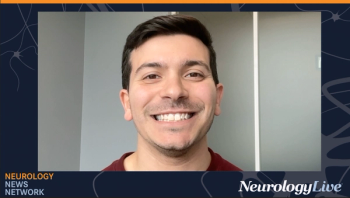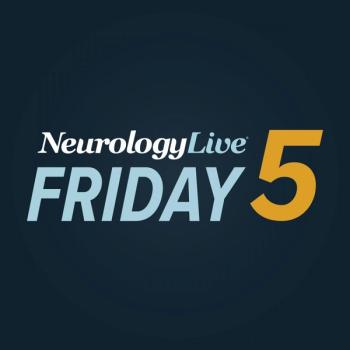
Centering Empathy in Parkinson Care by Listening Beyond the Diagnosis: María L. De León, MD
The movement disorder specialist and patient living with Parkinson disease highlighted the need for a more human-centered approach in managing chronic and progressive movement disorders. [WATCH TIME: 6 minutes]
WATCH TIME: 6 minutes
“We want to create an ambience where we still remember to be humans, to listen, and sometimes we don’t have the answers. As doctors, we know that very often we don’t have all the solutions. But sometimes just listening, being there to offer a kind word or two, give a hug or two, touch somebody—that is all that patients need."
In the clinic, empathy can offer a wide range of benefits for not only patients and caregivers, but also for clinicians. Clinical empathy could improve diagnostic accuracy, treatment adherence, overall well-being, and communication between the patient and the provider. Yet truly understanding a patient’s experience, especially with motor and nonmotor symptoms in Parkinson disease (PD), may be a remaining challenge for providers. Emerging technologies like tele-empathy help to bridge this gap by simulating patient symptoms, such as tremor, for clinicians.1
By making the invisible experience of the disease tangible, tele-empathy has the potential to deepen a clinician's understanding, improve treatment precision, and foster more compassionate care for their patients. At the 4th Annual
De León, a movement disorder specialist and patient living with PD in Texas, spoke on the reality of long-term care for patients with PD and related disorders that often extends beyond traditional clinical priorities. She also underscored the value of a more human-centered approach in medicine, one that considers the everyday experiences and challenges patients living with the disease face. By fostering greater empathy, communication, and individualized support, she noted that clinicians may be better equipped to provide care that aligns with patients’ overall quality of life.
REFERENCES
1. Ho AJ, Turnbull J, Fossat Y. Compassion through tele-empathy: technology-mediated symptom transference. Future Healthc J. 2017;4(3):219-220. doi:10.7861/futurehosp.4-3-219
2. Papesh K, Mitchell A, Labib-Kiyarash E, et al. Empathy in Action Breakfast: Multi-Sensory Experiential Hands-On Session. Presented at: ATMRD; June 27-30, 2025; Washington, DC.
Newsletter
Keep your finger on the pulse of neurology—subscribe to NeurologyLive for expert interviews, new data, and breakthrough treatment updates.



































